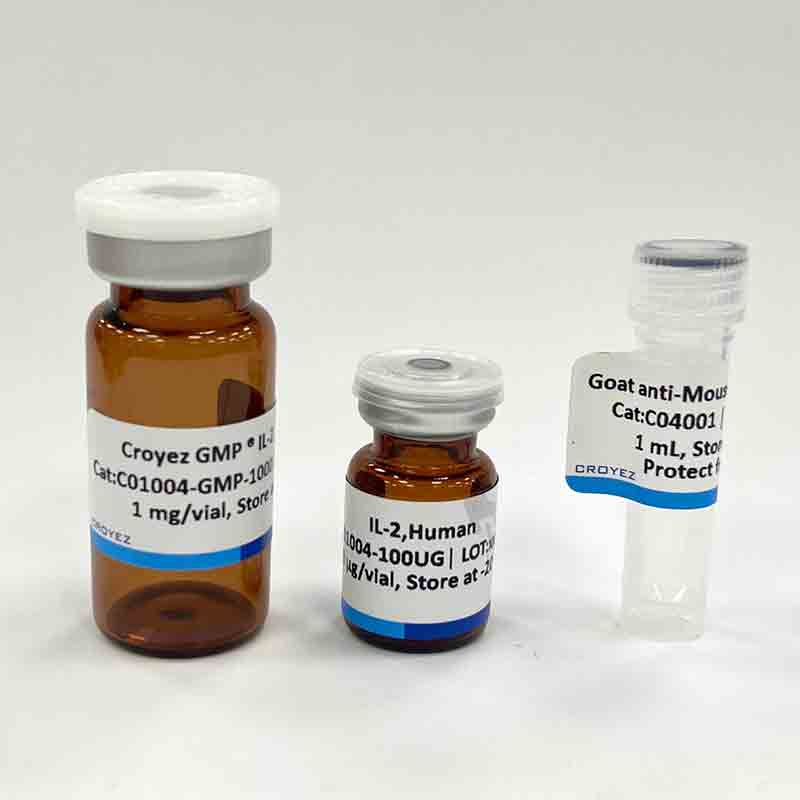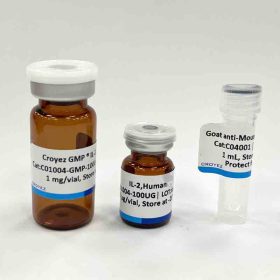BMP-7 (Bone morphogenetic protein 7) is a bone morphogenetic protein which belongs to the TGF-β superfamily. OP-1 is expressed in the brain, kidneys, and bladder. BMP-7 may be involved in bone homeostasis and plays a key role in the transformation of mesenchymal cells into bone and cartilage. The phosphorylation of SMAD1 and SMAD5 can be induced by BMP-7, which in turn induce transcription of numerous osteogenic genes. BMP-7 treatment can also induce all of the genetic markers of osteoblast differentiation in many cell types. Human recombinant BMP-7 protein can be used to aid in the fusion of vertebral bodies to prevent neurologic trauma. It also functions in the treatment of tibial non-union, frequently in cases where a bone graft has failed. It is found that BMP7 has the potential for treatment of chronic kidney disease.
MANVAENSSSDQRQACKKHELYVSFRDLGWQDWIIAPEGYAAYYCEGECAFPLNSYMNATNHAIVQTLVHFINPETVPKPCCAPTQLNAIS
VLYFDDSSNVILKKYRNMVVRACGCH with polyhistidine tag at the C-terminus
Source:
Escherichia coli
Endotoxin Test:
<0.1 EU per 1 μg of the protein by the LAL method.
Activity:
Measure by its ability to induce alkaline phosphatase production by ATDC5 cells. The ED50 for this effect is <0.65 μg/mL.
Purity:
>98% as determined by SDS-PAGE. Ni-NTA chromatography
Formulation:
The protein was lyophilized from a solution containing 20 mM sodium citrate, 0.2 M NaCl, pH 3.5.
Reconstitution:
It is recommended to reconstitute the lyophilized protein in sterile H2O to a concentration not less than 100 μg/mL and incubate the stock solution for at least 20 min to ensure sufficient re-dissolved.
Storage:
Lyophilized protein should be stored at -20°C. Upon reconstitution, protein aliquots should be stored at -20°C or -80°C.
Note:
Please use within one month after protein reconstitution.





